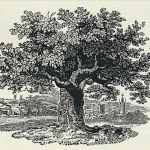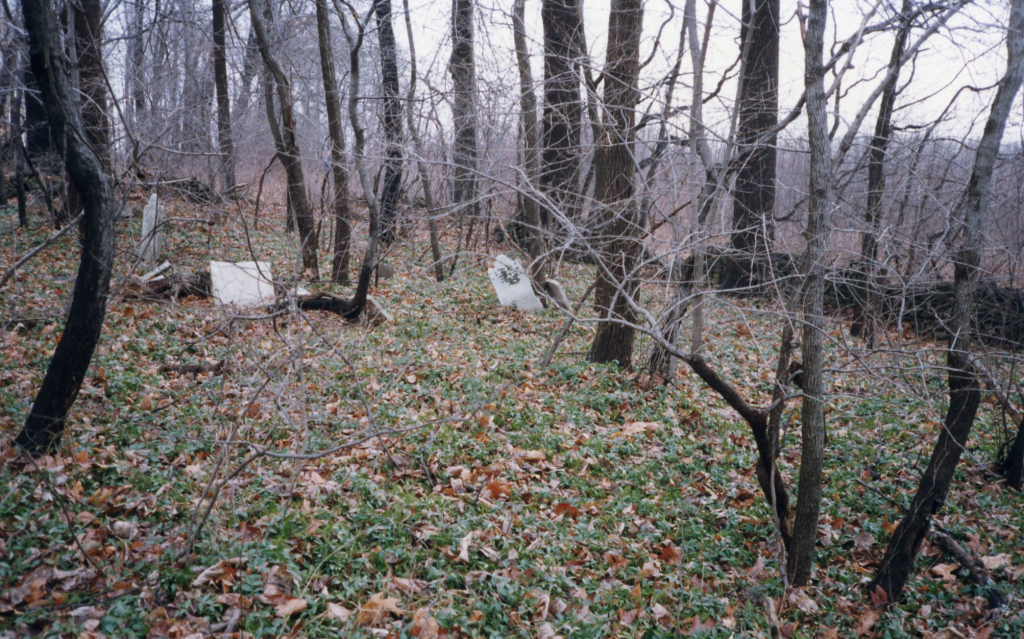Twice in his career, Egbert T. Bush wrote about a small family burying ground in Delaware Township. The first time was in 1911, in a paper presented to the Hunterdon County Historical Society which was later published in the Hunterdon County Democrat. This was many years before Mr. Bush became a regular contributor to the Democrat.1
Taylor
The Taylor families of Hunterdon County seem not to be related. There are the Taylors who were concerned with the Taylor Iron Works in northern Hunterdon, and then the Taylors who settled in Amwell Township in the mid-18th century.
Taylor Family Trees: https://goodspeedhistories.com/the-taylor-families/
The following is a list of articles pertaining to both branches.
The Sutton Farm
The following article by Egbert T. Bush describes an old farm with a distillery located near Sandbrook. The village of Sandbrook is located in what was once the Haddon Proprietary Tract. Just east of the Haddon Tract was the Cook Proprietary Tract, and that is where the distillery farm was located.
The Taylor Families
 The following family trees for the Taylor families concerns the Taylors who settled near Mount Airy, the Taylors who settled on the Cook Tract in Amwell/Delaware Township, a short distance west of the village of Sand Brook, and the Taylor family of Bethlehem Township who were associated with the Taylor Iron Works.
The following family trees for the Taylor families concerns the Taylors who settled near Mount Airy, the Taylors who settled on the Cook Tract in Amwell/Delaware Township, a short distance west of the village of Sand Brook, and the Taylor family of Bethlehem Township who were associated with the Taylor Iron Works.
Surnames of spouses are highlighted in green if they also have a published family tree on this website.
The Cook Proprietary Tract
The Hammond Maps of Hunterdon County proprietary tracts are a wonderful resource for county historians. Many of the property owners shown on these maps drawn by D. Stanton Hammond in 1963 were the first Europeans to claim title to this part of the state of New Jersey. What happened to those properties in succeeding years has always fascinated me and provided wonderful material for my articles.
The Consequences of a Scam
Taylor and Bray, continued.
This is the third in a series of articles about the founding of the town of Clinton in 1828. The two men who made this happen, Archibald S. Taylor and John W. Bray, Jr., came to grief in a fairly short time. The Town succeeded, but the founders failed miserably, and their original friendship turned into a deep hostility. This article focuses on what happened to them after Bray’s misdeeds were discovered.1
The Ruin of A. S. Taylor
In my last post I wrote about how the town of Clinton came to be. The man who made it happen was John W. Bray, with the financial backing of his brother-in-law Archibald S. Taylor. Building lots were laid out and sold, merchants and residents moved in and a new town came to life. In 1832 The Newark Daily Advertiser referred to Clinton as “a flourishing manufacturing village.”
However, Bray took some shortcuts that had dire consequences for his financial backer, and for himself.
The Town of Clinton Is Born
Clinton Began As a Speculative Venture
The history of the town of Clinton is a fascinating one. The borough has so much character and charm, but it had a rocky start.
The Bosenbury and Taylor Graveyards
This post is published in conjunction with a recent article on Bowne Station, because in that article Mr. Bush recalled the Bosenbury family, and the trouble they had burying old Cornelius Bosenbury. In this article, Mr. Bush went looking for that cemetery.
The Sutton Family Burying Ground

This article is about one of Delaware Township’s most secretive burying grounds, and is part of a series on Delaware Township cemeteries. It is also a follow-up to my series of articles on Buchanan’s Tavern, since Archibald Buchanan was buried here.1